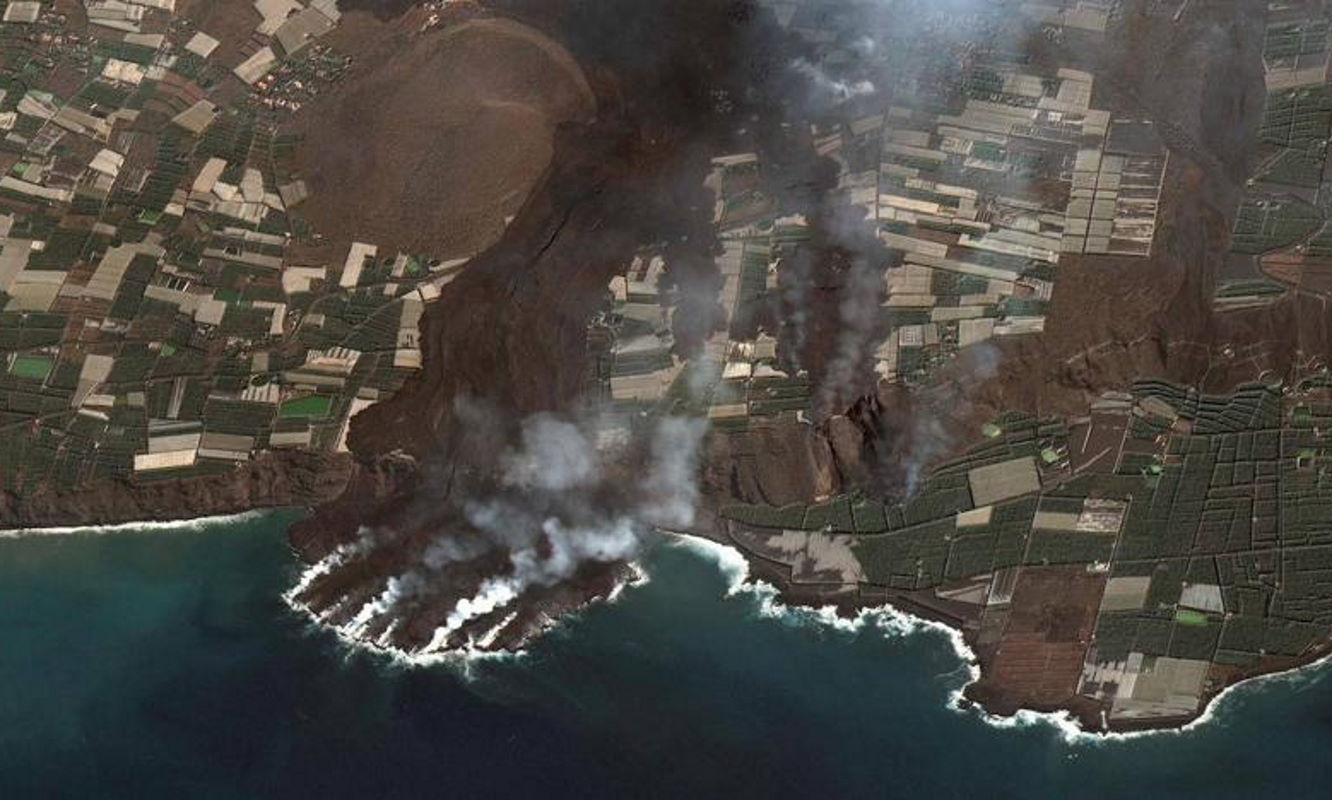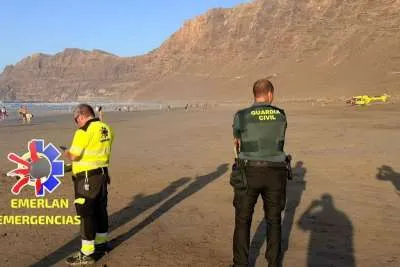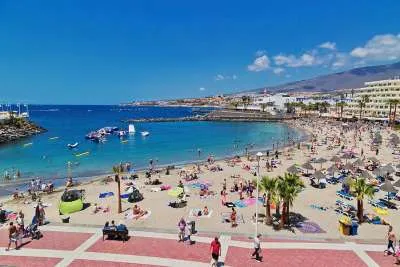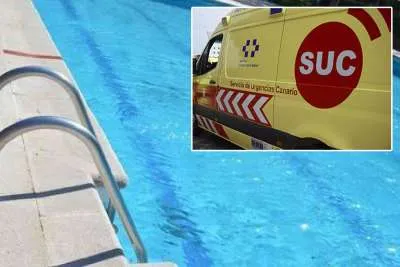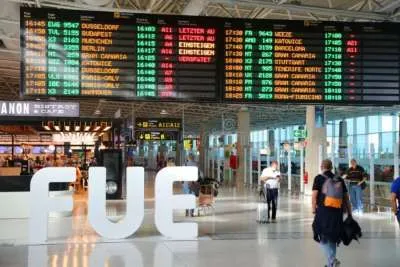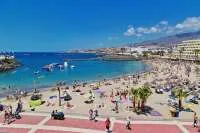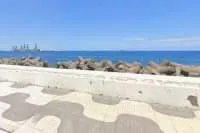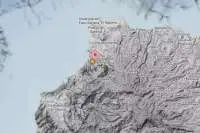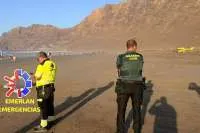LA PALMA UPDATE: Lava Delta could collapse into the sea. Big waves: Yes. Tsunami: No
- 09-10-2021
- Tenerife
- Canarian Weekly
The delta of new land formed in the sea by lava from the La Palma volcano is in danger of cracking and collapsing into the sea. Scientists say that if this happens, gases will be released abruptly and explosions in the water and large waves will occur. The director of the National Geographic Institute (IGN) in the Canary Islands, María José Blanco, warned yesterday why it is possible for this to happen.
Blanco explained that the build-up of lava forming the delta has reached the same height as the cliff it poured over, but as more lava flows down the same path or through the lava tunnel, it is continuing to push it forward making it grow.
This continuation of being pushed from the back could easily force the delta to split and collapse into the sea causing gases, explosions from chemical reactions, and a surge of water forming large waves. However, he is keen to point out this is NOT in any way a tsunami that people are sharing on social media, and will not pose any danger to the population of La Palma or other islands.
New lava ‘tongue’:
A new lava ‘tongue’ has been formed as one of the flows has separated from the main path and is making its own way to the sea destroying buildings and banana plantations in its way. This new flow which has become independent from the main flow is located about 150 metres from the sea heading towards the beach of El Charcón.
Latest image show 'fork' of new lava flow
Yesterday, the scientific committee was concerned about air quality, which is expected to improve today due to the change in weather conditions, which will favour the dispersion of gases. The dense ash continues to thin the air in the north and east of the island, impeding air traffic.
This situation also affected Tenerife, where flights had to be diverted from north to south due to the closure of the Los Rodeos airport located in the northern part of Tenerife yesterday afternoon.
Seismic activity continues:
Another factor of concern is the incessant seismic activity, which is keeping residents of municipalities such as Villa de Mazo or Fuencaliente on guard, and in fact, some people have already packed bags just in case of an eruption, even though they haven’t been advised to do so or is there any indication of one.
The IGN has recorded 40 earthquakes on the island overnight, one of which was of 3.8 magnitude, although its hypocenter was quite deep at 36 kilometres below the town of Fuencaliente where 33 of the forty tremors occurred.
Other articles that may interest you...
Trending
Most Read Articles
Featured Videos
A Vision of Elvis Tenerife Promo
- 10-05-2025
Tenerife Travel Guide
- 13-12-2024
Live webcam from Lanzarote airport
- 13-12-2024


